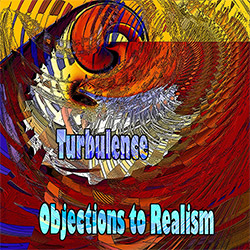
"Objections to Realism is the third Evil Clown session in a row to be credited to Turbulence. The previous session from a week ago, Golden Ratio, was originally going to be Leap of Faith which is the original Evil Clown band featuring c...
In Stock
Quantity in Basket: None
Log In to use our Wish List
Shipping Weight: 3.00 units
EU & UK Customers:
Discogs.com can handle your VAT payments
So please order through Discogs
Sample The Album:
David Peck (PEK)-clarinets, saxophones, English horn, bass flute, sheng, melodica, accordion, gravichord, daxophone, nagoya, spiny norman, lfo violin, lfo percolator, soma pipe, synthesizers, 17 string bass, [d]ronin, spring and chime rod boxes, noise tower, gongs, plate gong, chimes, Englephone, brontosaurus bell, cow bells, crotales, glockenspiel, orchestral chimes and anvils, Tibetan chimes and bells, chimes, electric chimes, array mbira, xylophone, balafon, log drums, blocks, danmo, ratchet, seed pod rattles, clown hammer, rubber chicken
John Fugarino-trumpet, flugelhorn, French horn, trombone, melodica, penny whistle, synthesizers, lfo violin, blocks, wah tube, seed pod rattles, spring and chime rod boxes, array mbira, flex a tones, crotales, glockenspiel, Tibetan bowls, bells, orchestral castanets, cow bells, Englephone, rattles
Tom Swafford-violin
Scott Samenfeld-upright electric bass, electric recorder
Joel Simches-real-time signal processing
Click an artist name above to see in-stock items for that artist.
Label: Evil Clown
Catalog ID: 9407
Squidco Product Code: 36082
Format: CDR
Condition: New
Released: 2025
Country: USA
Packaging: Digipack
Recorded at Evil Clown Headquarters, in Waltham, Massachusetts, on January 4th, 2025.
"Objections to Realism is the third Evil Clown session in a row to be credited to Turbulence. The previous session from a week ago, Golden Ratio, was originally going to be Leap of Faith which is the original Evil Clown band featuring cellist Glynis Lomon and myself. It was right before Christmas, and Glynis thought she was going to have a family conflict and a couple of weeks prior told me she would not make it, so I repurposed the show to a four horn Turbulence sextet with bass and drums. At the last second Glynis rejoined the session, but I decided not to credit the show to Leap of Faith and just leave it as Turbulence. The week before that we recorded Nested Phenomena, a three-horn quintet with bass and a different drummer which is a common Turbulence configuration.
Objections to Realism was also originally intended to be a Leap of Faith session. It would have been a chamber set - a session without a drummer - with Glynis and myself and John on brass and Scott on bass. In the long history of Leap of Faith, about half the total time the core unit has not included a drummer, although we had guests. The first iteration in the early 90s was Glynis, me and trombonist Mark McGrain, followed by the second iteration, Glynis, me and bassist Craig Schildhauer. The end of the Archival Period and the first 5 years of the Contemporary period, it was Glynis, me and drummer Yuri Zbitnov, and since 2020 it is just Glynis and me. Chamber sets vary significantly in character from sets with drummers in a number of ways, but mostly in dynamic range and action density. Drummers tend to raise the energy level and the average volume, and chamber sets tend to have more quieter and delicate sections. Both varieties of ensemble ideally should cover the range ofdynamic from very quiet to loud and the range of action density from sparse to busy, but the average levels tend to be different.
Evil Clown currently has wonderful and sensitive drummers/percussionists in the Roster and most of the ensembles include a drummer or percussionist for most of their performances, however, I do periodically schedule chamber sets to explore those possibilities. Tom is a wonderful violinist and Glynis and I have done several smaller format chamber sets with Tom including a couple of trios, so Objections to Reality was a follow up to those sets with a slightly larger format including John on brass and Scott on bass. Glynis was sick for the date of the show, so, as I always do, I repurposed the show, crediting it to Turbulence and we did the show as a chamber quartet. I call an ensemble with an equal number of players in different instrumental groups "balanced" when it contains an equal number of players in each instrumental group, so Objections to Reality is a Chamber Improvisation with an Ensemble Balanced on Winds and Strings.
Tom has appeared on 8 Leap of Faith recordings, so all his Evil Clown sessions to date have included Glynis. I love strong string sections, so this pattern is deliberate, but Glynis' absence for this set created a different string section dynamic than all of Tom's previous Evil Clown outings. Scott's bass playing functions more like the bass in Jazz than is typical for most of the Evil Clown bass players, whereas Glynis' playing is in no way jazz oriented. I found that I was interacting with Tom alone differently than I interacted with Tom/Glynis in our previous sessions.
It is interesting to compare the improvisations of three different Turbulence Units recorded in a three week period. Of course, there are many common elements, but the differences in the ensembles combined with the broad palette available at Evil Clown Headquarters produced three distinctive Turbulence albums each with their own character/.
An advantage of improvisation over more conventional music is that it does not rely on fixed instrumentation or material which needs to be learned in advance. Accomplished improvisors, like the group assembled here, can make interesting music regardless of any last second changes to the lineup, so the last second change to a different unit was in no way a distraction for this performance. The aesthetic problem addressed to the ensemble is to make interesting music with the players and the resources at hand, a change in ensemble changes the problem without in any way preventing an interesting solution."PEK
Artist Biographies
• Show Bio for David Peck (PEK) "PEK (aka David Peck) is a multi-instrument improviser who plays all kinds of instruments including saxophones, clarinets, double reeds, percussion, electronics and auxiliary sound making devices of all kinds. PEK was born in 1964 and started playing clarinet and piano in elementary school. In 7th grade he started saxophones, first on alto, then switching to tenor in high school. He spent 10 years playing in rock bands and studying classical and jazz saxophone with Kurt Heisig in the San Jose CA area before moving to Boston in 1989 to attend Berklee where he studied performance with George Garzone. While Berklee was an excellent place to study harmony, voice training and other important aspects of a conventional formal music training course of study, it was not a very good environment for learning contemporary (or pure) improvisation (apart from his work with George). PEK did find, however, that Boston had a thriving improvisation scene, and it was here that he developed his mature pure improvisation language. During the 90s, PEK performed with many notable improvisers including Masashi Harada, Glynis Lomon, William Parker, Laurence Cooke, Eric Zinman, Glenn Spearman, Raqib Hassan, Charlie Kohlhase, Steve Norton, Keith Hedger, Mark McGrain, Sydney Smart, Matt Samolis, Martha Ritchey, Larry Roland, Dennis Warren, Yuri Zbitnov, Craig Schildhauer, Keith Fullerton Whitman, Leslie Ross, Rob Bethel, Wayne Rogers, Eric Rosenthal, Taylor Ho Bynum, Tatsuya Nakatani, James Coleman, B'hob Rainey and George Garzone. PEK met cellist Glynis Lomon when they played together in the Masashi Harada Sextet which existed between 1990 and 1992. They developed a deep musical connection which they continued following the MHS; first with the Leaping Water Trio for a few years and then with the first version of Leap of Faith in 1994. Leap of Faith was very active in Boston from that time until 2001 and went through a series of several core ensembles which always included both PEK and Glynis. Other key Leap of Faith core members during this period were Mark McGrain (trombone), Craig Schildhauer (double bass), Sydney Smart (drums), Yuri Zbitnov (drums) and James Coleman (theremin). Leap of Faith was always a very modular unit with constantly shifting personnel and many different guests. The early Leap of Faith period concluded in 2001 with a dual bill at an excellent room at MIT called Killian Hall with George Garzone's seminal trio the Fringe. At this time, PEK changed careers for his day gig, returning to college for a computer science degree and beginning to work in the structural engineering industry at Simpson Gumpertz & Heger. He became far too busy to continue the heavy music schedule, and preferring not to do music casually, he entered a long musically dormant period. Flash forward to early 2014. PEK was a regular mail order customer of Downtown Music Gallery, the premiere specialty shop in Manhattan for free jazz, contemporary classical and other new music. While in New York on SGH business, he went down to DMG and had a lengthy conversation with proprietor Bruce Lee Gallanter about the early Leap of Faith period. He then sent Bruce a package of about 15 CD titles from the 90s and was pleasantly surprised when Bruce managed to sell nearly all of it. This public interest in the old catalog spurred PEK into getting back into performance. He reformed Leap of Faith with Glynis Lomon (cello, voice, aquasonic), Yuri Zbitnov (drums) and newcomer Steve Norton (clarinets and saxophones) and started to record and perform in early 2015. Now having access to financial resources always absent in the early period, PEK began to accumulate a huge collection of instruments both for himself and also to expand the palate of Leap of Faith and the other projects soon to follow. He acquired new recording equipment and many new saxophones, clarinets, double reeds, metal and wooden percussion instruments, electronic instruments, signal processing equipment and other sound-making devices from many cultures. He revived his old record label, Evil Clown, and created reissues and new releases for much of the early period work by Leap of Faith and many of his other projects to sell at shows, DMG and the internet (around 100 archival titles). The Arsenal of equipment has a grand purpose: To establish a large scale aesthetic problem to use the instruments to make long form broad palate improvisations with dramatic transformation and development. The very broad palate enables the long improvisations to evolve with very different movements and pronounced development over their length. PEK started the Leap of Faith Orchestra, a greatly expanded Leap of Faith, to achieve this purpose along with a number of smaller ensembles which are sub-units of the full orchestra including String Theory (focusing on orchestral strings), Metal Chaos Ensemble (focusing on metallic percussion), Turbulence (horn players), Mekaniks (electronics) and Chicxulub (space rock). In all, the Evil Clown roster includes over 40 musicians who contribute to one or more of the various projects, with PEK participating in all of them. Leap of Faith has also had some special guests like Steve Swell (trombone), Thomas Heberer (trumpet), Jeremiah Cymerman (clarinet) and Jim Hobbs (alto sax). The Leap of Faith Orchestra happens whenever several of these groups play together at the same time, or the ensemble exceeds 7 or 8 players. The Full Orchestra is a special case discussed below. The current roster is comprised in part of: - Core Leap of Faith: PEK, Glynis Lomon, Yuri Zbitnov (Steve Norton has since left to go to Graduate School) - Percussion: Andria Nicodemou (vibes), Kevin Dacey (perc), Joe Hartigan (perc), Syd Smart (drums) - Strings: Jane Wang (cello), Clara Kebabian (violin), Tony Leva (bass), Mimi Rabson (violin), Kirsten Lamb (bass), Brendan Higgins (bass), Silvain Castellano (bass), Rob Bethel (cello), Kit Demos (bass), Matt Scutchfield (violin), Helen Sherrah-Davies (violin) - Piano: Eric Zinman, Peter Cassino, Emilio Gonzales - Horns: Dave Harris (tuba, trombone), Charlie Kohlhase (saxes), Bob Moores (trumpet), Sara Honeywell (trombone), Forbes Graham (trumpet), John Baylies (tuba), Dan O'Brien (woodwinds), Zack Bartolomei (woodwinds), Kat Dobbins (trombone), Steve Provizer (trumpet, baritone horn), Matt Samolis (flute) - Electronics: Greg Grinnell, Jason Adams (electric bass, electronics) - Guitar: Dru Wesely, Grant Beale, Chris Florio - Voice: Dei Xhrist Evil Clown is documenting the ongoing solutions to this aesthetic challenge by creating limited CD editions and digital download albums of every performance and studio session by this array of ensembles. Interested audience can track the development of the grand scale project over the many releases - over 80 albums recorded and released so far between Jan of 2015 and March of 2017. All of the bands are highly modular, changing personnel and instrumentation with each meeting. The result is an enormous amount of music that shares the same fundamental improvisational language but differs from event to event greatly both in sonority (overall sound) and specific detail. For the full Leap of Faith Orchestra, PEK composes a graphic notation score to guide the improvisation. The full Orchestra is comprised of roughly 20 players from the roster and performs twice a year. Two performances have occurred to date - The Expanding Universe in June of 2016 and Supernovae in November of 2016. Composition for Possible Universes is completed and the work will be performed on May 28, 2017 with another performance (score not yet begun) scheduled for November. The scores use a device called Frame Notation where written English descriptions of the overall sonority desired and simple graphic symbols are given durations for each player on their part along with direction on when to play and when not to play. The directions are put in little boxes called frames which are arranged on a timeline and are simple enough to be immediately understood by the performers. Horizontal lines, called Duration Bars, extend across the page indicating when each Event (the Frame + the Duration Bar) begins and ends. An Event can be intended for the full ensemble, a defined group within the ensemble (for example, Metal Chaos Ensemble), a custom group (for example, Tubas), or an individual (for example, Andria Feature). Parts are the full score annotated with Hiliters so that each player's instructions stand out. They can clearly see their individual instructions, but can also see the big picture, enabling far more knowledge about the pending actions of the rest of the ensemble than typical in pure improvisation. The players track the elapsed time on a very large sports clock. There is no melodic, harmonic or rhythmic information specified. This system allows PEK to compose detailed Ensemble Events without having to notate pitches or rhythms which would require significant rehearsal to accurately achieve." ^ Hide Bio for David Peck (PEK) • Show Bio for John Fugarino "John Fugarino received his Bachelor of Music from the University of Wisconsin, Madison. He then attended the New England Conservatory of Music and earned a Masters in Music Composition. John has performed and taught trumpet in both the classical and jazz idioms. Has performed a wide range of music including Orchestral, Jazz, Rhythm and Blues, Free Form Improvisation and Microtonal Music. Currently John can be seen playing his own jazz compositions and lead trumpet with "The Hornzone" an R&B/ Funk band. John is a music teacher at the Butler Middle School where he teaches in the Midi-Music Lab and directs the school Jazz Ensemble. Trumpet recordings are on the Lyra Ohm label and Zoning Records. Orchestral music recorded by the Radio and Television Orchestra of Bratislava." ^ Hide Bio for John Fugarino • Show Bio for Tom Swafford "Tom Swafford grew up in Seattle, studied composition with Louis Andriessen (Amsterdam), Olly Wilson (U.C. Berkeley) and John McDonald (Tufts U.), and has been active as a violinist and composer in a wide variety of music communities since his arrival in New York in 2007. He has presented concerts of his music at Roulette Intermedium and The Stone. He recorded and toured Europe in the group Kef, with bassist Shanir Ezra Blumenkranz and guitarist Aram Bajakian. In 2015, his 11-piece ensemble String Power released its debut album. His musical theater piece, Bad Actor, was performed at the Tank in 2017. He recently recorded a duo album with bassist Zachary Swanson, and a trio album with Swanson and drummer Dalius Naujo." ^ Hide Bio for Tom Swafford • Show Bio for Scott Samenfeld "I'm a Boston-based musician who plays all kinds of Jazz and improvised music. I grew up in the New York City area (New Jersey) and moved to Boston in 1970. I attended Berklee and have performed around New England ever since. Music is an avocation for me. I was called early, and I play every day. I get up in the morning and make coffee, feed my cats and pick up an instrument. My practice routine is really a series of meditations. I don't practice, I play. I learned a long time ago that the word play meant exactly that. For me, it isn't work; it is simply the joy of playing. Improvisation requires that you be in the moment, fully present and an open vessel. Performance challenges me to bring that state of being into the public space. I currently play in a number of groups. My band Muse Stew has been together since 1990 and performs my original compositions as well as arrangements of tunes I like. There are two Muse Stew CDs: Crossings, recorded in 1996 and Muse Stew Live at The Zeitgeist Gallery, recorded in 2004. Muse Stew performs regularly. I'm also a member of the Sounds of Swing Orchestra which is a 16-piece big band. I've been holding down the bass chair for 35 years. In the 80s and 90s, we had lots of work playing "society" gigs at the Copley Plaza, Parker House, Harvard Club, etc. We played lots of weddings and annual gigs at the Marblehead Yacht Club. As the DJ thing emerged, wedding gigs became scarce. We've transitioned from being a working band to becoming a rehearsal band over the years and only occasionally play in public. The band is my extended family. Many of the best musicians in the Boston area play in the group, and we've got several composers and arrangers, enabling us to have original charts and a huge library that grows all the time. I also enjoy performing free improvised jazz whenever possible. Recent performances have included a concert of free jazz and poetry at the Arlington Center for the Arts (ACA) this past January, a Muse Stew concert also at ACA this past May, and a couple of performances with Avant Unguarded at the LilyPad in Cambridge in June and July. In addition to performing and producing shows, I'm a long-time member of Sustainable Arlington and a member of the Arlington Cultural Council. I'm an arts and climate activist who is trying to work to maintain our humanity, dignity and create a sustainable and humane future. All forms of Art are all about self-expression and empowerment. That's why we artists are so dangerous and scary. I am, therefore I play music!" ^ Hide Bio for Scott Samenfeld
4/9/2025
Have a better biography or biography source? Please Contact Us so that we can update this biography.
4/9/2025
Have a better biography or biography source? Please Contact Us so that we can update this biography.
4/9/2025
Have a better biography or biography source? Please Contact Us so that we can update this biography.
4/9/2025
Have a better biography or biography source? Please Contact Us so that we can update this biography.
Track Listing:
1. Objections to Realism 1:10:00
2. Nothing Exists Outside the Mind 5:47
In Stock, Not Yet Cataloged
Improvised Music
Free Improvisation
Jazz
Boston Area Improvisers
Search for other titles on the label:
Evil Clown.


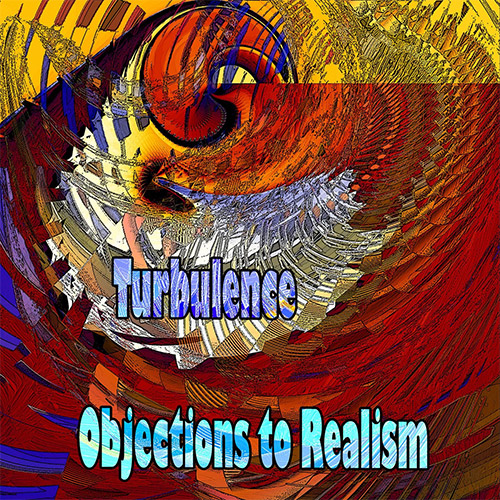
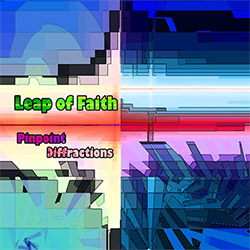
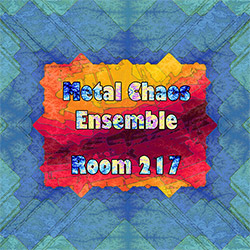
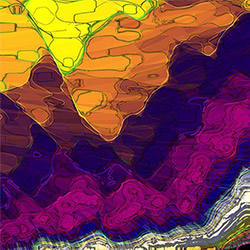
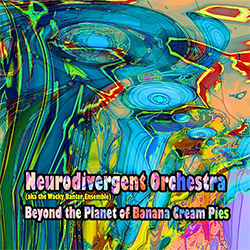
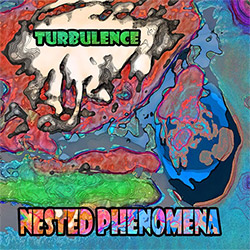
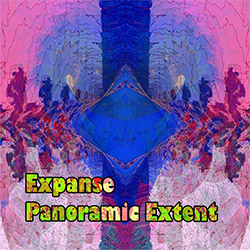
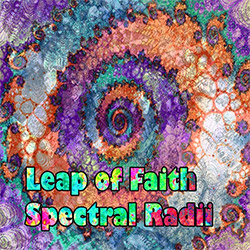
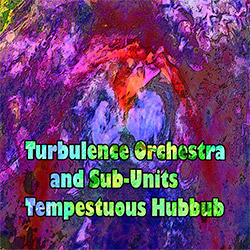
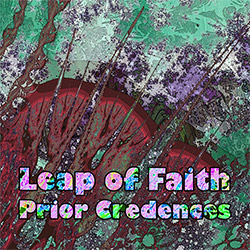
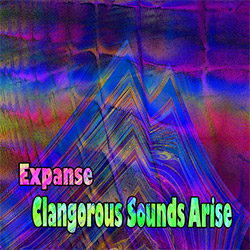
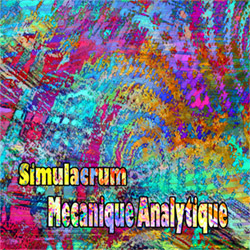
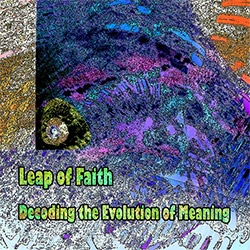

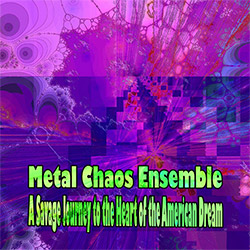
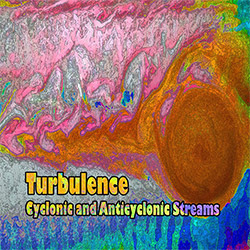
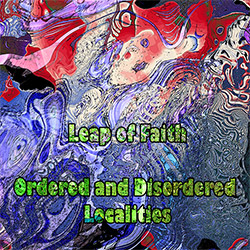
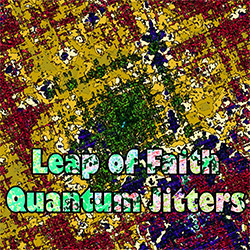
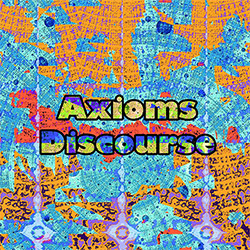
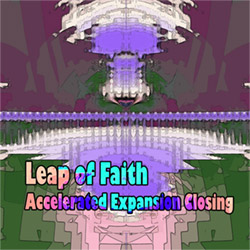

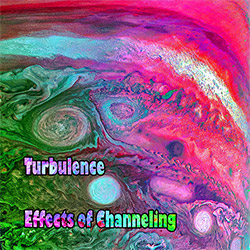
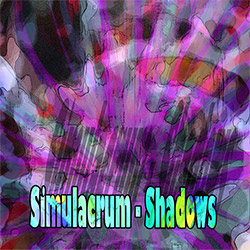
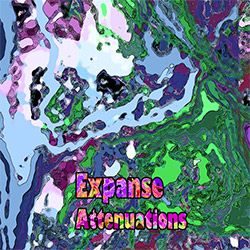
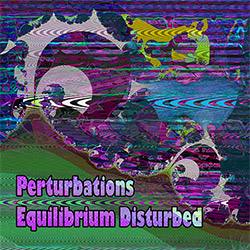


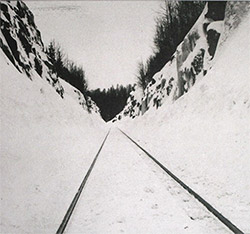
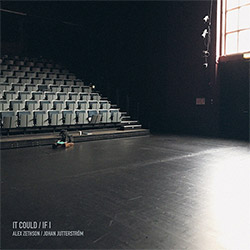
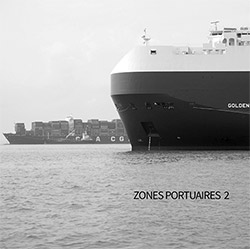
![111 (Michelle / Villamil): Live at Opus 40 [CASSETTE]](https://www.teuthida.com/productImages/misc4/35986.jpg)
![del Pino, Francisco / Charlotte Mundy: The Sea [CASSETTE]](https://www.teuthida.com/productImages/misc4/35987.jpg)
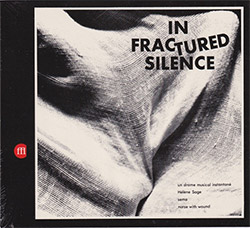
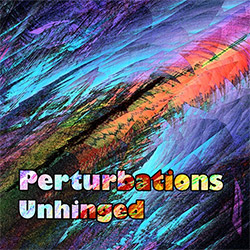
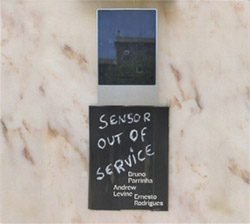
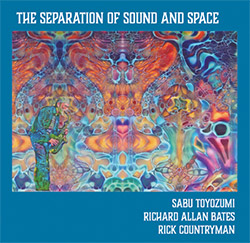

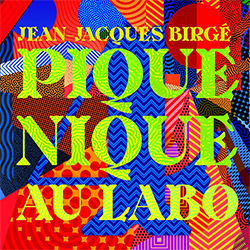
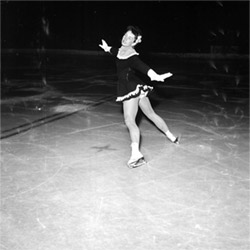
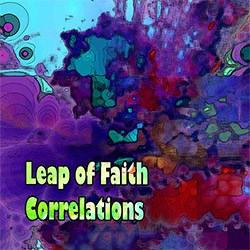
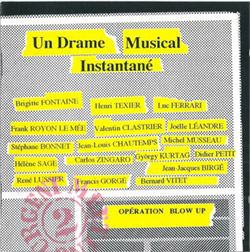
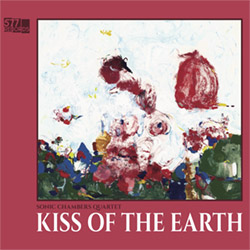
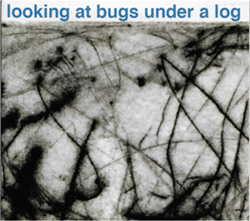
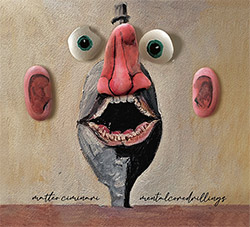
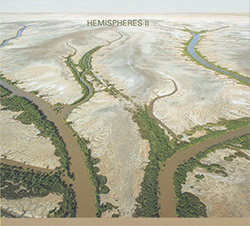
![Niblock, Phill / Anna Clementi / Thomas Stern: Zound Delta 2 [VINYL]](https://www.teuthida.com/productImages/misc4/34623.jpg)
![Yoko, Ono / The Great Learning Orchestra: Selected Recordings From Grapefruit [2 CDs]](https://www.teuthida.com/productImages/misc4/35841.jpg)
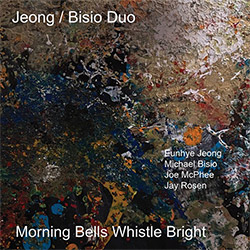
![Brotzmann, Peter / John Edwards / Steve Noble / Jason Adasiewicz: The Quartet [2 CDs]](https://www.teuthida.com/productImages/misc4/35975.jpg)
![Brotzmann, Peter / John Edwards / Steve Noble / Jason Adasiewicz: The Quartet [VINYL 2 LPs]](https://www.teuthida.com/productImages/misc4/35976.jpg)
![Thomas, Pat: The Solar Model of Ibn-Al Shatir [VINYL]](https://www.teuthida.com/productImages/misc4/36044.jpg)

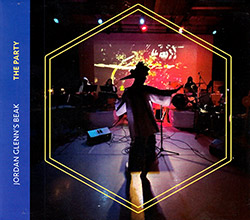
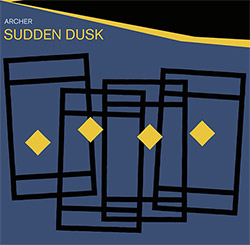
![Rodrigues, Ernesto / Nuno Torres / Guilherme Rodrigues: Whispers In The Moonlight - In Seven Movements [2CDs]](https://www.teuthida.com/productImages/misc4/35765.jpg)
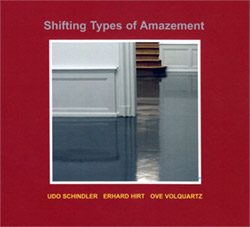
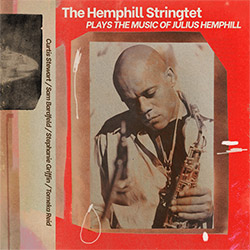
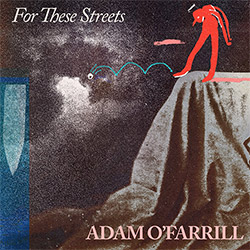
![Cocks, Laura: FATHM [VINYL]](https://www.teuthida.com/productImages/misc4/36055.jpg)
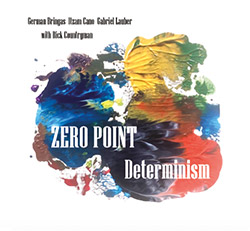
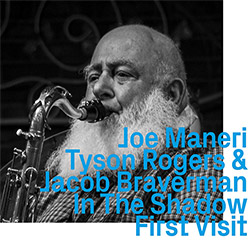
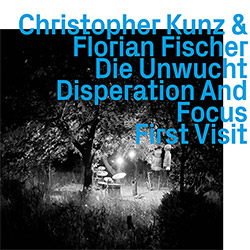
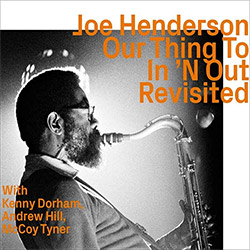
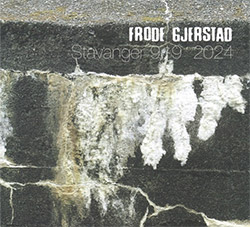
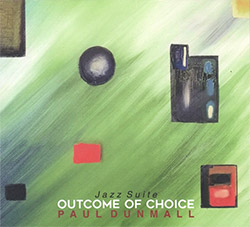

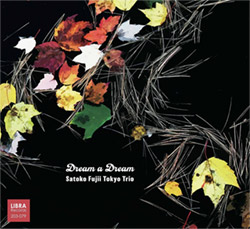
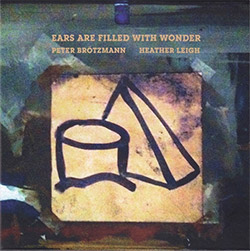
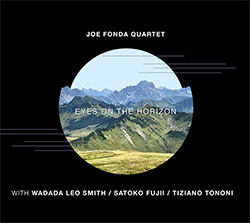
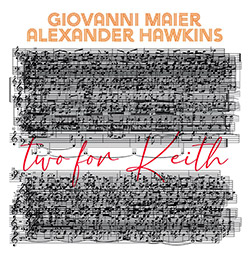
![Schindler, Udo / Sandy Ewen / Damon Smith: Munich Sound Studies Vols. 4, 5 & 6 [3 CDs]](https://www.teuthida.com/productImages/misc4/35966.jpg)
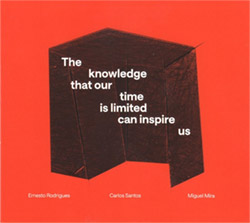
![Myers, David Lee : Tin Drop Tear [BOOK w/ DOWNLOAD]](https://www.teuthida.com/productImages/misc4/36030.jpg)
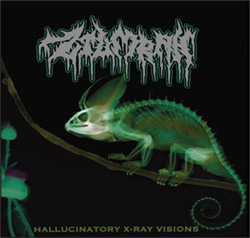
![Ackerley / Prymek / Turner: All Hope With Sleeping Minds [CASSETTE]](https://www.teuthida.com/productImages/misc4/35950.jpg)
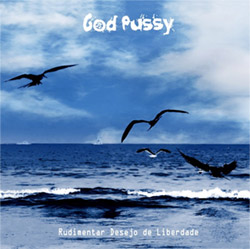
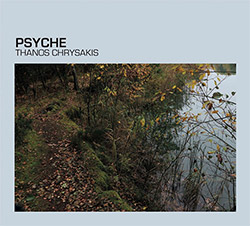
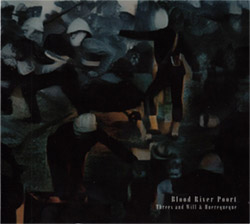
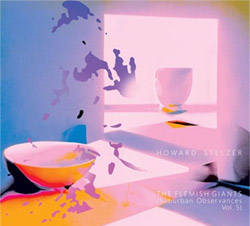
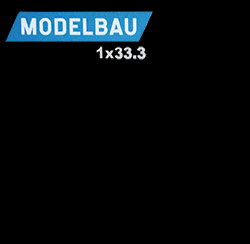
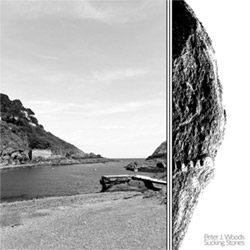
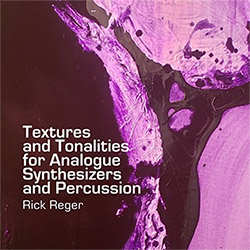
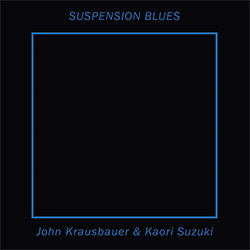
![Olencki, Weston : Pearls Ground Down To Powder [VINYL]](https://www.teuthida.com/productImages/misc4/35956.jpg)
![Myers, David Lee: Oculus [2CDs]](https://www.teuthida.com/productImages/misc4/35857.jpg)
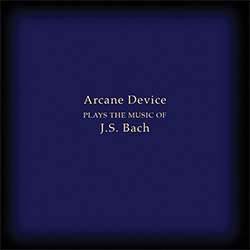
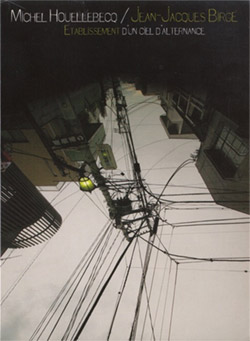
![dustsceawung: dustsceawung [CASSETTE w/ Download]](https://www.teuthida.com/productImages/misc4/35753.jpg)

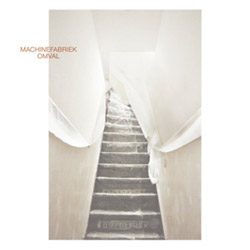
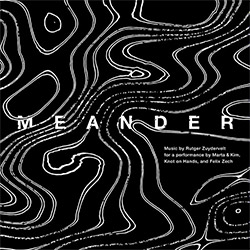
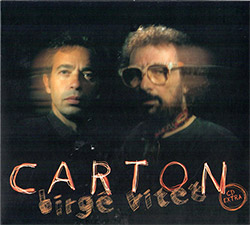
![Halls of the Machine: Atmospheres For Lovers And Sleepers [CASSETTE w/ DOWNLOAD]](https://www.teuthida.com/productImages/misc4/35806.jpg)
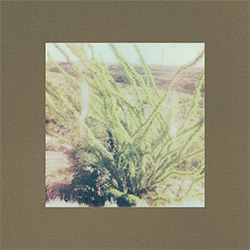

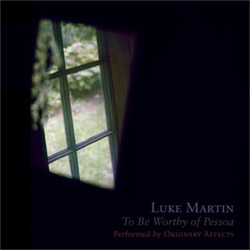
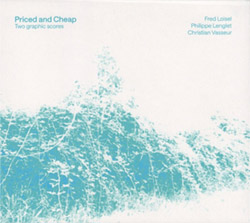
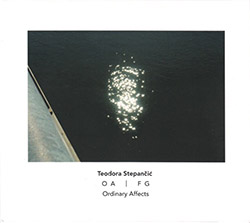
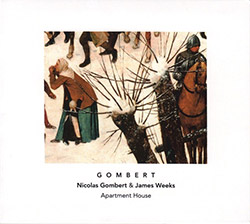

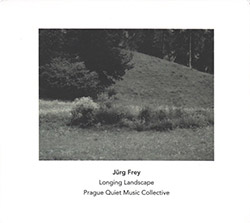
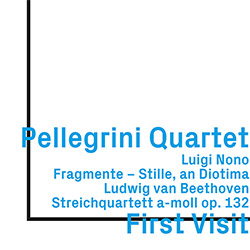
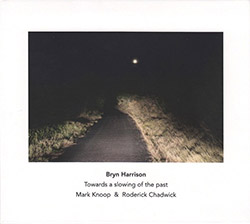
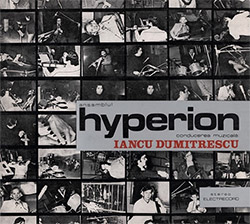
![Zorn, John / JACK Quartet: The Complete String Quartets [2 CDs]](https://www.teuthida.com/productImages/misc4/35609.jpg)
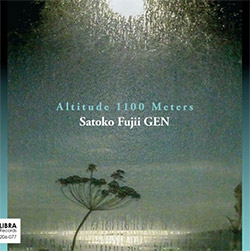
![Lonsdale, Eden: Dawnings [2 CDs]](https://www.teuthida.com/productImages/misc4/35480.jpg)
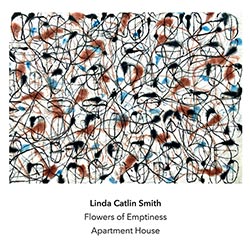
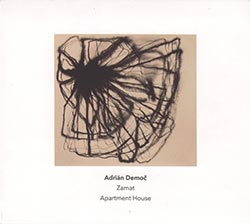
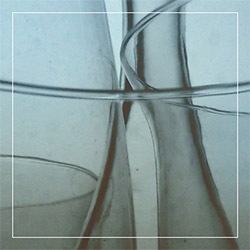
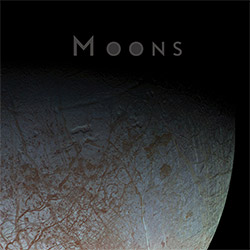
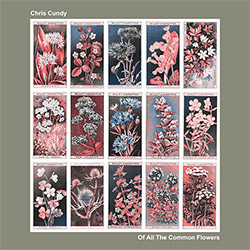
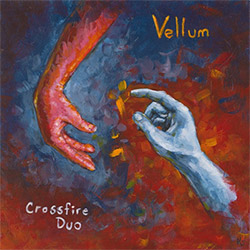
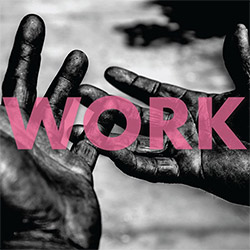
![Sanna, Claudio: Compositori Sardi Contemporanei II [2 CDs]](https://www.teuthida.com/productImages/misc4/35317.jpg)

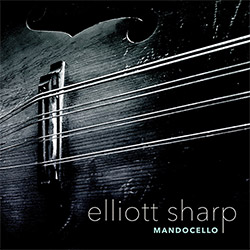
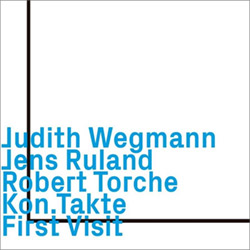
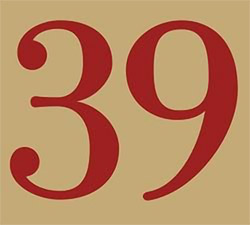
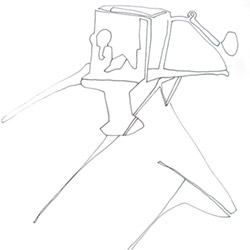
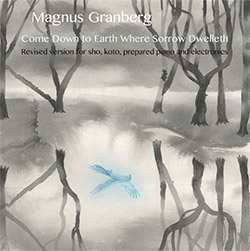
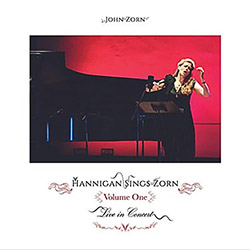
![Zurria, Manuel: Fame di Vento [3 CDs]](https://www.teuthida.com/productImages/misc4/35167.jpg)
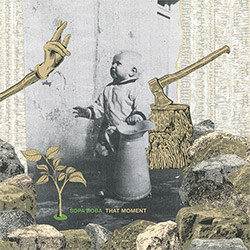
![Electric Bird Noise / Derek Roddy: 8-10-22 [CD EP]](https://www.teuthida.com/productImages/misc4/35970.jpg)
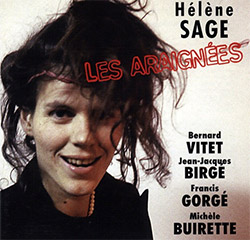


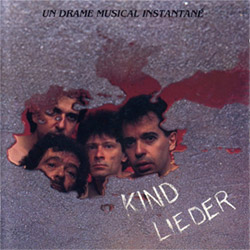
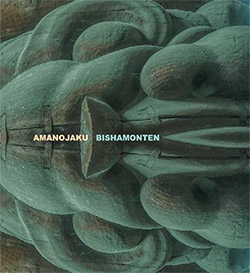
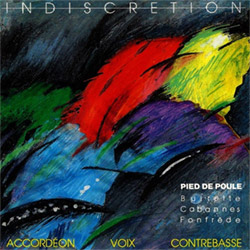
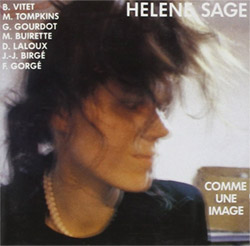
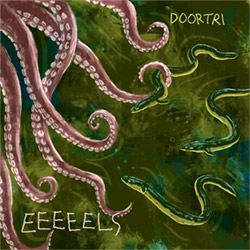
![Elephant9 : Mythical River [VINYL]](https://www.teuthida.com/productImages/misc4/34624.jpg)
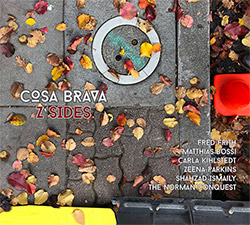
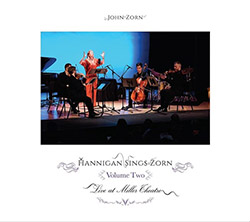
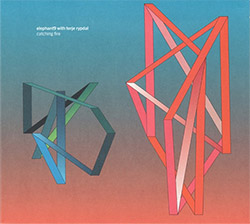
![Elephant9 with Terje Rypdal: Catching Fire [VINYL 2 LPs]](https://www.teuthida.com/productImages/misc4/35355.jpg)
![Deerlady (Obomsawin, Mali / Magdalena Abrego): Greatest Hits [VINYL]](https://www.teuthida.com/productImages/misc4/34876.jpg)
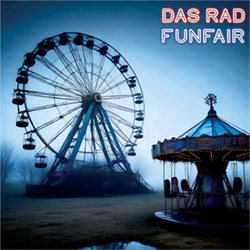
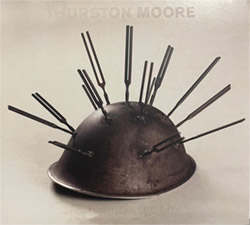
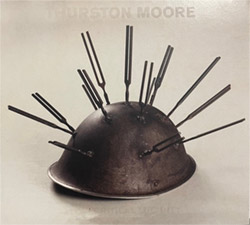

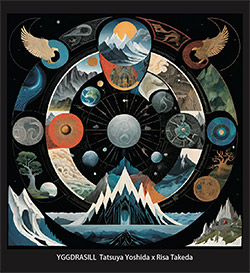
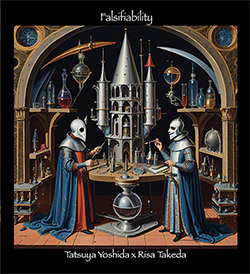
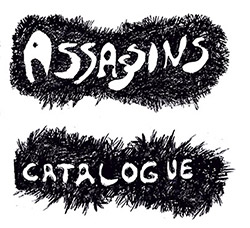
![Surplus 1980: Illusion of Consistency [CD]](https://www.teuthida.com/productImages/misc4/35069.jpg)
![Staiano, Moe: Away Towards the Light [VINYL + DOWNLOAD]](https://www.teuthida.com/productImages/misc4/35037.jpg)
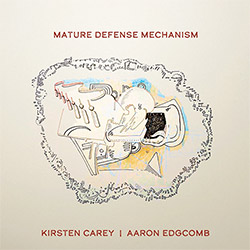

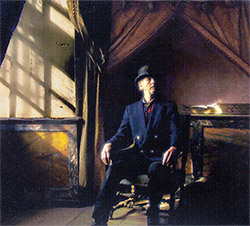
![Caveira (Gomes / Sousa / Abras / Ferrandini): Ficar Vivo [VINYL]](https://www.teuthida.com/productImages/misc4/34643.jpg)
![Coley, Byron: Dating Tips for Touring Bands [VINYL]](https://www.teuthida.com/productImages/misc4/17906.jpg)

![Lost Kisses: My Life is Sad & Funny [DVD]](https://www.teuthida.com/productImages/misc4/lostKissesDVD.jpg)